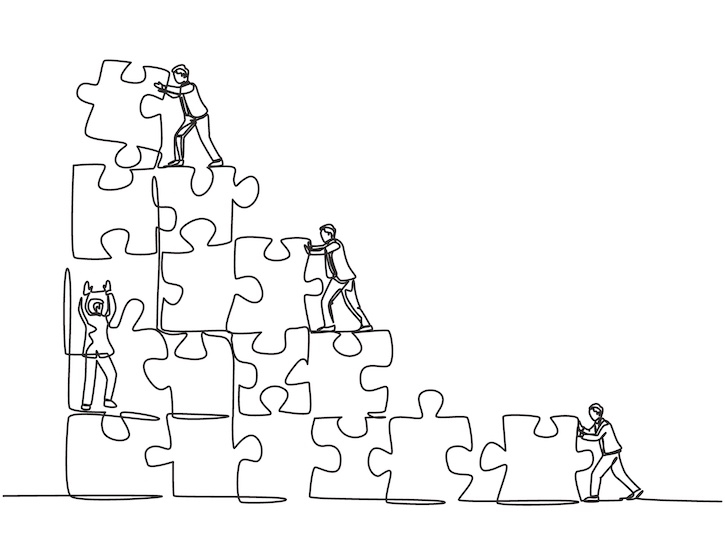
Fundraising is all about building relationships. That’s why talking to donors on the phone is so important, as is meeting with donors one-on-one. Both are great ways to build personal relationships with people who support your work. Another great way to build donor relationships is by focusing on your nonprofit communications.
When we talk about nonprofit communications, we’re talking about all the different ways to communicate with your donors through the written word: newsletters (both snail mail and e-mail), your website, social media, fundraising letters, e-mail appeals, and everything in between. These types of donor communications are essential to your fundraising program and can be used across all phases of the donor funnel.
In this article, we’re going to take a look at the right way to use nonprofit communications in different parts of the donor lifecycle and consider how you can build a true donor communications system for your organization.
Your nonprofit communications are the backbone of your low-dollar and mid-level donor cultivation program. When it comes to your major donor prospects, you’ll want to cultivate them personally (through calls, visits, and events)… but for other donors, you will rely on letters, e-mails, and newsletters to build a relationship.
Some of the best ways to use donor communications to cultivate donors are:
The fourth and final phase of the donor funnel is stewardship. Donors enter this phase after they make a first gift to your organization. In this phase, your job is to thank and recognize your donors, to keep them giving year after year (and giving more each year than the last), and to convince them to refer new donors to your non-profit. Nonprofit communications have a huge role to play in effectively stewarding your donors.
Some of the best ways to use donor communications to steward your donors are:
In order to truly harness the power of your nonprofit communications, you need to build a communications system for your organization. A strong donor communications system requires the following:
Donor Communications Calendar
First, at the beginning of each year, you need to determine the timing and cadence for your nonprofit communications. This is best done by creating a donor communications calendar that pinpoints when each e-mail and snail mail piece will be sent out, when website updates will be made, and when social media updates will be posted. This way, you’ll know when your team needs to begin working on each mail piece or other communication.
Overall Theme and Individual Themes
Second, your organization should select an overall theme for your communications each year, as well as lay out an individual theme for each mail piece or e-mail. These individual themes should tie in to your overall theme for the year, and be included on your donor communications calendar.
For example, you could determine that the overall theme for your nonprofit communications this year will be your goal to build a new homeless shelter. Your first mail piece of the year could talk about the need: why a new shelter is needed in your town. Your next mail piece could discuss the story of someone who was helped at your current shelter, as well as the story of someone you couldn’t help because you don’t have enough space. Your third mail piece could include a drawing of the new shelter along with an outline of what it will cost to complete the project, etc. Decide which pieces will be ask pieces and which will be newsletters or non-ask mailings.
Responsibilities
Once you have created your donor communications calendar and figured out your overall theme and individual mail piece themes, you need to figure out who on your team is responsible for creating each nonprofit communication. Assign each task to a staff member or volunteer and be sure they understand your expectations.
Nonprofit communications are the unsung heroes of your fundraising program. Your e-mails, snail mail letters, website updates, and social media posts help across all four phases of the donor funnel, and work together to help your nonprofit raise the money you need to thrive.
Hands-on, in-the-trenches experience designed to equip you with strategies and skills for success. Choose the one that fits your goals—or take both for maximum results. It’s intense, effective, and built for leaders like you.
Related
Educate donors and build instant credibility, authority and trust with our planned giving micro website.
800.490-7090
484.680.7800 local
Succeed@MajorGifts.com
Stay Informed!
Webinars, free downloads, tax law changes, more. Subscribe today. You can unsubscribe at anytime.
Copyright 2024 © PlannedGiving.Com
Stay informed with timely news. You can unsubscribe at any time.
Success List